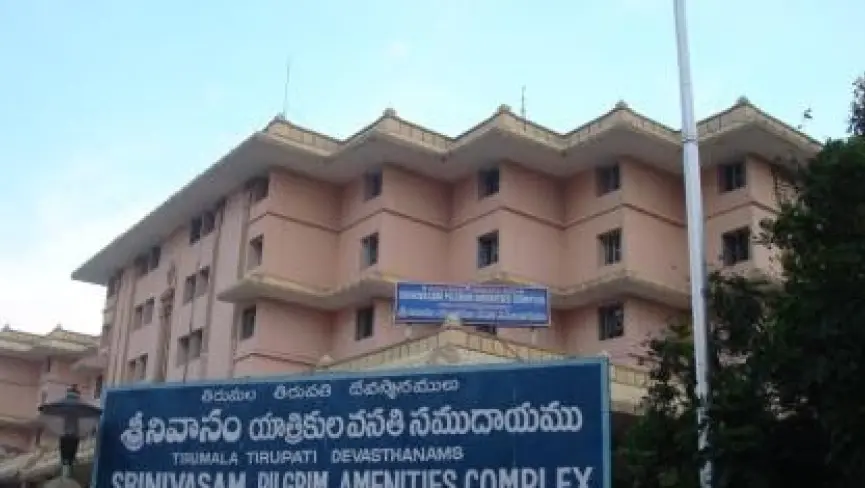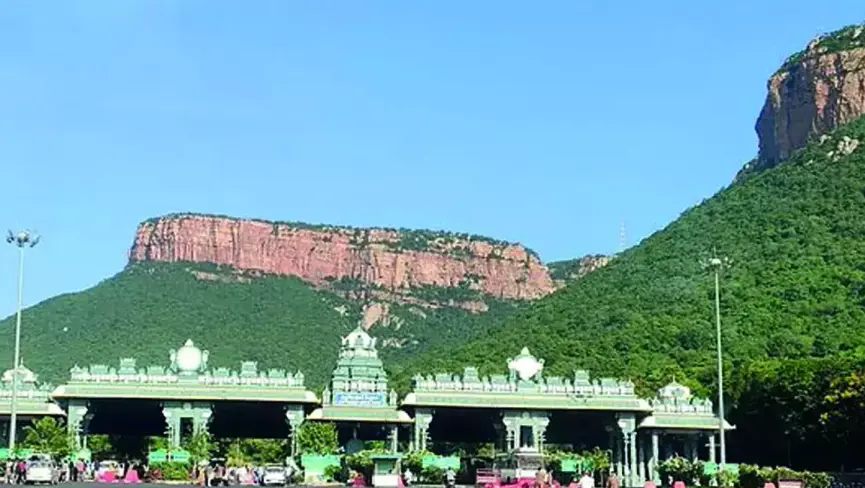
Tirumala 7 Hills – Mythology, Significance & Trekking Experience
The sacred Tirumala Hills, popularly known as the Sapthagiri (Seven Hills), hold immense religious significance as the abode of Lord Venkateswara. Located in Andhra Pradesh, these hills represent the seven heads of Adi Sesha, the divine serpent on whom Lord Vishnu rests. Pilgrims believe that climbing or visiting these seven hills is equivalent to attaining divine blessings and spiritual upliftment.
Mythology Behind the Seven Hills
The sacred Tirumala Hills, also called Sapthagiri, are deeply rooted in Hindu mythology. According to scriptures, the seven hills represent the seven heads of Adi Sesha, the divine serpent on whom Lord Vishnu reclines in Vaikuntha. When Lord Venkateswara descended to Earth to bless mankind, Adi Sesha followed Him and manifested as the seven hills to provide a permanent abode.
Each hill carries a unique legend and spiritual significance:
-
Seshadri – Named after Adi Sesha himself, it symbolizes eternal devotion and service to Lord Vishnu.
-
Neeladri – Represents Neela Devi, who offered her hair to the Lord; this is why tonsuring (hair offering) is a sacred practice in Tirumala.
-
Garudadri – Dedicated to Garuda, the celestial vehicle of Lord Vishnu, embodying loyalty and strength.
-
Anjanadri – Believed to be the birthplace of Lord Hanuman, the divine son of Anjana Devi.
-
Vrushabhadri – Linked to the legend of Vrushabhasura, a demon destroyed by Lord Vishnu to protect dharma.
-
Narayanadri – Symbolizing Lord Narayana Himself, this hill represents divine presence and eternal protection.
-
Venkatadri – The most revered hill where Lord Venkateswara resides in the Tirumala Temple, blessing millions of devotees.
Religious Significance of Tirumala 7 Hills
The Tirumala 7 Hills (Sapthagiri) hold profound religious importance in Hinduism, making them one of the holiest pilgrimage destinations in India. These hills are often referred to as the “Bhooloka Vaikuntham” (Heaven on Earth), as Lord Venkateswara chose Venkatadri, the seventh hill, as His eternal abode to bless mankind during Kali Yuga.
Key Spiritual Beliefs
-
Abode of Lord Venkateswara: The temple atop Venkatadri is regarded as the earthly Vaikuntha, attracting millions of devotees who seek the Lord’s blessings for prosperity, health, and spiritual fulfillment.
-
Symbol of Moksha: Pilgrims believe that visiting the seven hills or trekking barefoot through Alipiri or Srivari Mettu cleanses sins and helps one attain moksha (liberation).
-
Tonsuring Ritual: The sacred practice of offering hair at Tirumala signifies surrendering ego and pride before the Lord, a tradition linked to Neela Devi’s offering.
-
Divine Protection: The seven hills are seen as a spiritual shield, representing the seven hoods of Adi Sesha, eternally guarding Lord Venkateswara and His devotees.
-
Sapthagiri Darshan: Devotees believe that darshan of the Lord after climbing the steps brings special blessings, as the journey itself symbolizes discipline, faith, and devotion.
Why Devotees Revere the Hills
-
Considered equal to performing penance in the Himalayas.
-
Festivals like Brahmotsavam and Vaikunta Ekadasi are celebrated with grandeur, drawing pilgrims from across the globe.
-
The hills embody the belief that God descends to Earth to uplift humanity, making Tirumala one of the most visited spiritual sites in the world.
Trekking Experience to Tirumala
Trekking to Tirumala is not just a physical journey but a deeply spiritual experience that connects devotees with Lord Venkateswara. Pilgrims believe that climbing the sacred steps, while chanting the Lord’s name, brings immense blessings and fulfills wishes. There are two main trekking routes to reach the Tirumala temple – Alipiri Mettu and Srivari Mettu.
1. Alipiri Mettu Route
-
Distance & Steps: Around 9 km with nearly 3,550 steps.
-
Features: This is the traditional and most commonly used route. It has a fully covered roof, making it suitable in all weather conditions. Along the path, pilgrims find rest shelters, small temples, refreshment stalls, and medical facilities.
-
Spiritual Stops: Several shrines dedicated to Lord Hanuman, Lord Ganesha, and other deities bless the pilgrims along the way.
-
Duration: Takes about 4–5 hours for an average pilgrim.
2. Srivari Mettu Route
-
Distance & Steps: A shorter route of about 2.1 km with nearly 2,400 steps.
-
Features: Located near Srinivasa Mangapuram, this path is steeper but quicker than Alipiri. It is usually chosen by those who wish to reach the hill faster.
-
Spiritual Stops: The path is surrounded by greenery and provides a peaceful trekking experience.
-
Duration: Takes about 2–3 hours.
Special Darshan for Trekkers
Pilgrims who trek either route can collect free Darshan tokens (Divya Darshan) at designated counters along the way. This ensures a smooth and prioritized darshan upon reaching the Tirumala temple.
Tips for Trekking Pilgrims
-
Begin the trek early in the morning or evening to avoid the midday heat.
-
Carry a water bottle, light snacks, and wear comfortable clothing.
-
Many devotees climb barefoot as a mark of devotion, but good footwear is advisable for those who need comfort.
-
Families with children or elderly members should prefer the Alipiri route as it has better resting and medical facilities.
Related Blog
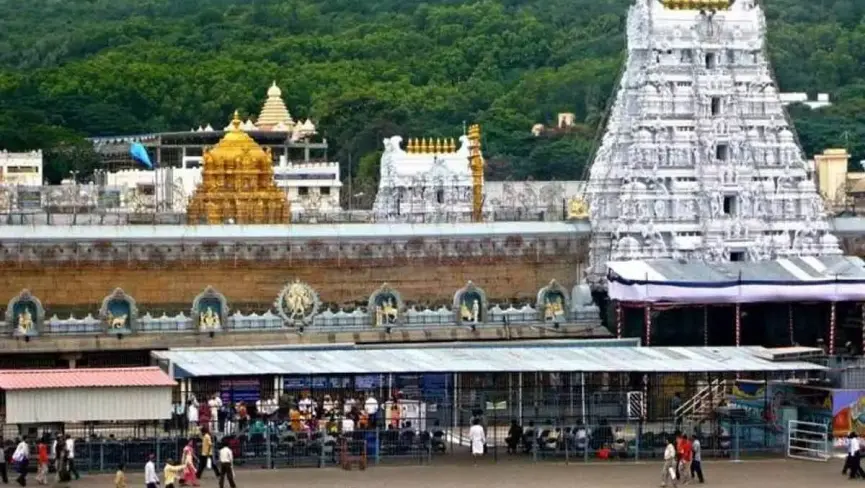
How to Register for Tirupati Lucky Dip Offline – Step-by-Step Guide
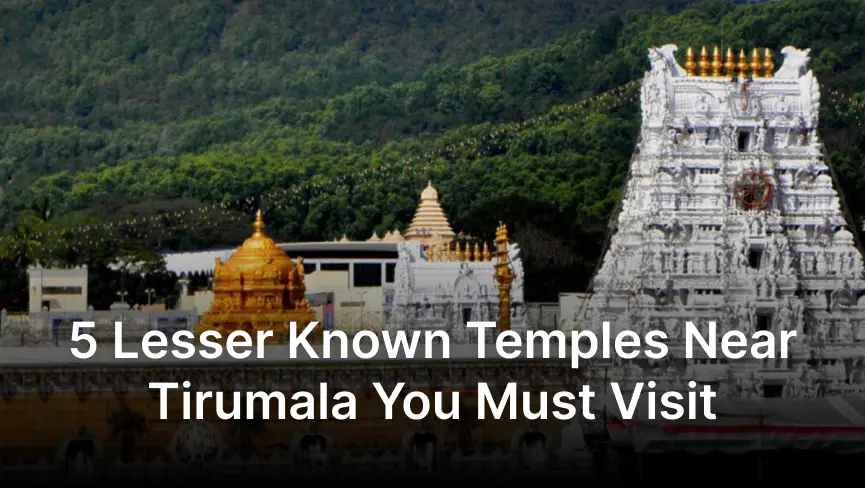
5 Lesser-Known Temples Near Tirumala You Must Visit
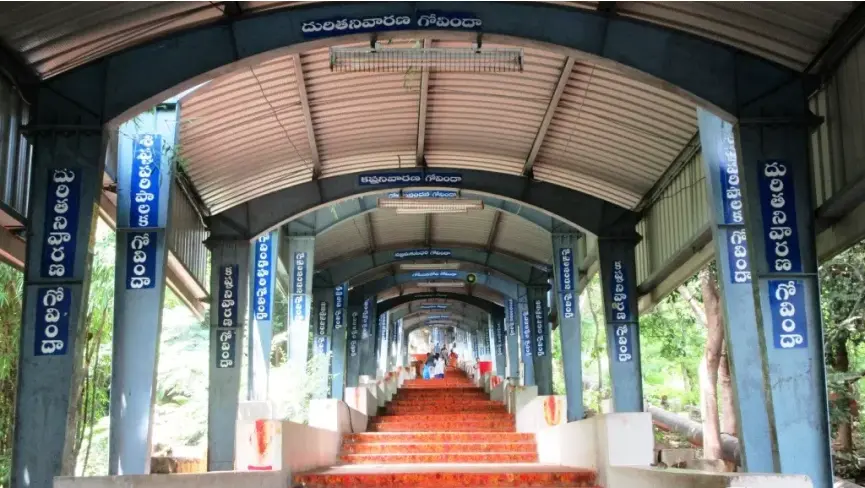
How Many Walking Routes to Tirumala? Complete Guide to Alipiri & Srivari Mettu

Tirumala Tirupati Brahmotsavam 2025 – Dates, Darshan Guide & Vahanam Schedule
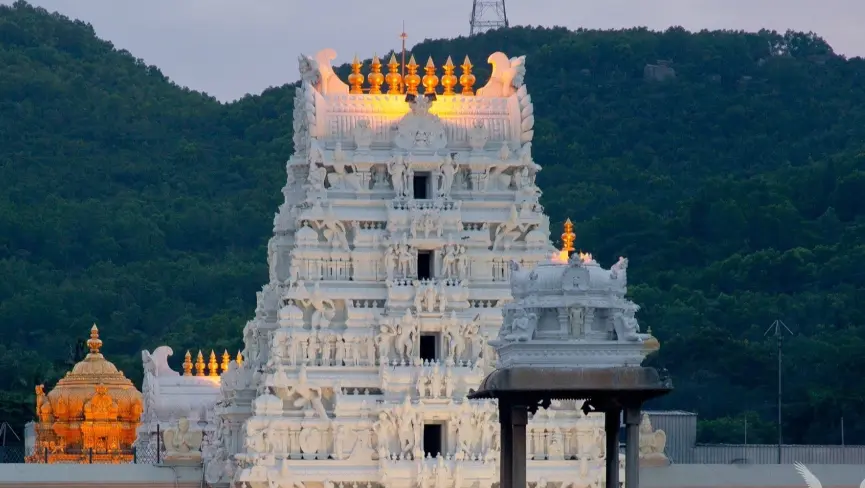
TTD Donor Benefits Explained: Types of Donations and Perks at Tirumala
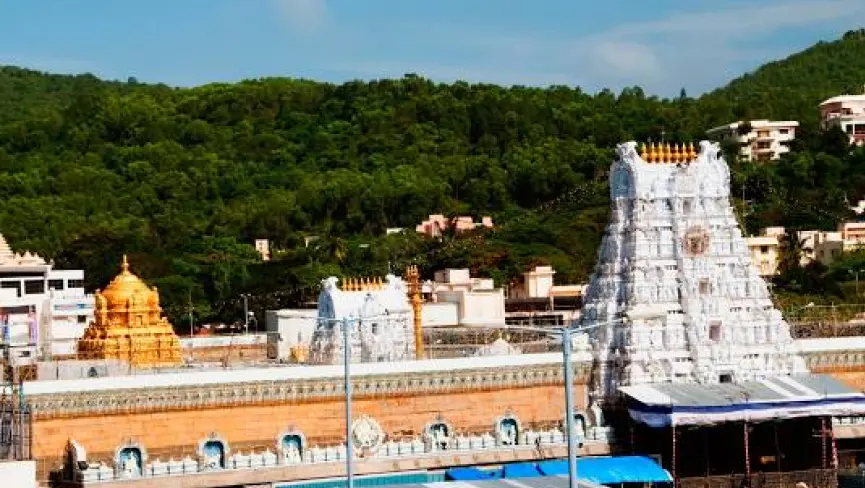
Top 10 Amazing Facts About Tirumala Venkateswara Temple You Must Know
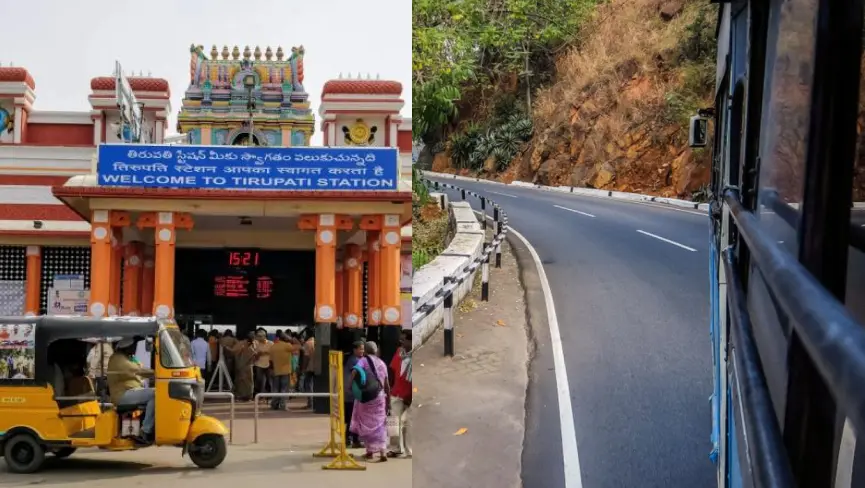
How to Reach Tirupati by Train, Road & Air – Easy Travel Guide
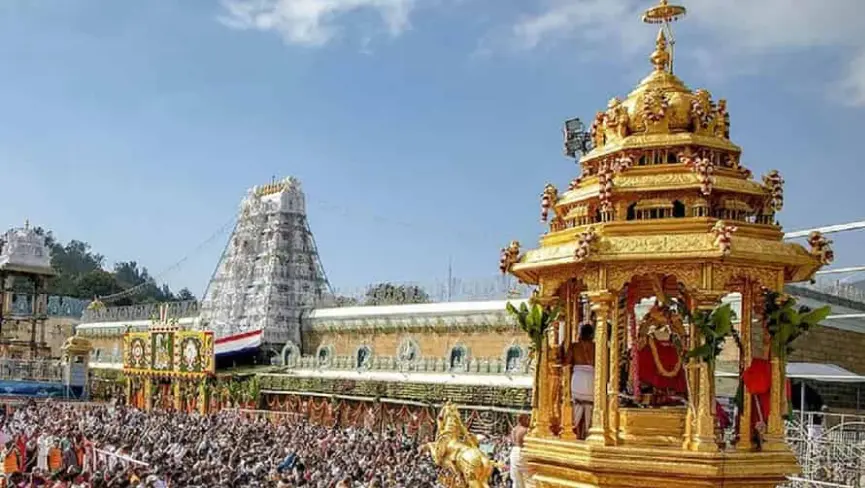
Major Festivals Celebrated at Tirumala Tirupati Temple

Complete Guide to TTD SSD Tokens for Tirumala Darshan | Complete Tirumala Darshan Guide 2025
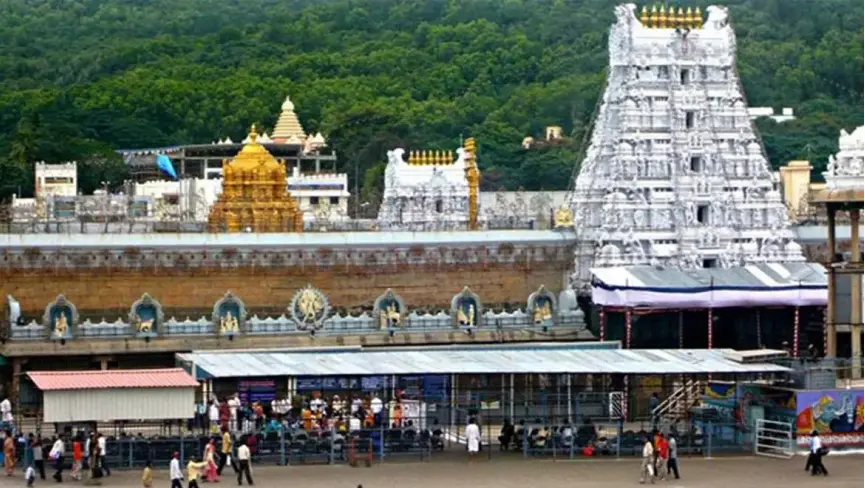
How to Visit Tirupati Balaji Without ₹300 Special Entry Tickets – Complete Guide

Tirumala 7 Hills – Mythology, Significance & Trekking Experience
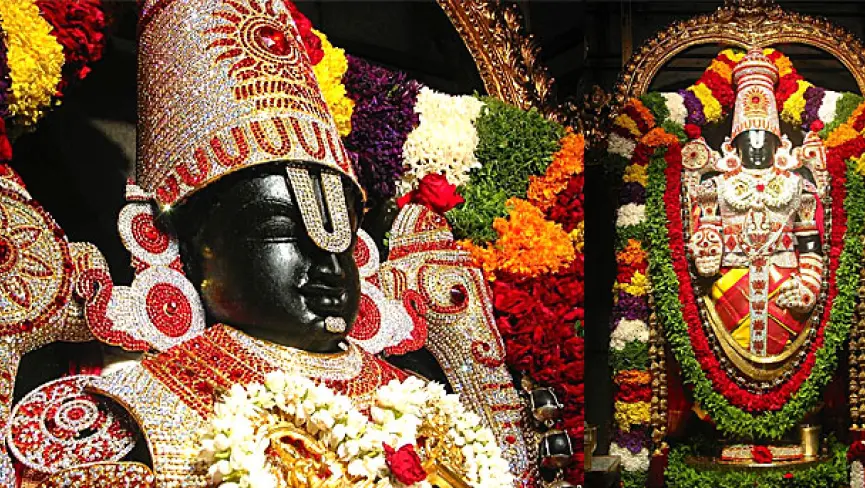
How Tirupati Celebrates Vaikunta Ekadasi – Rituals, Darshan & Complete Guide
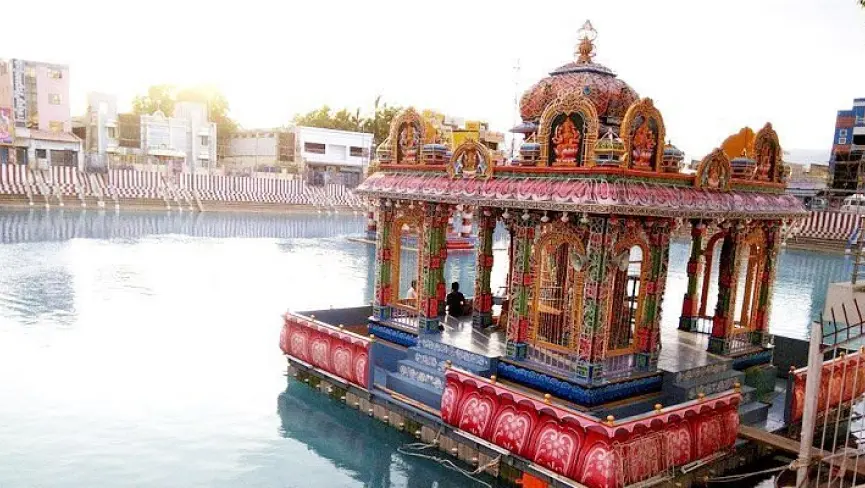
Padmavathi Ammavari Temple Tiruchanuru – History, Timings & Darshan Details
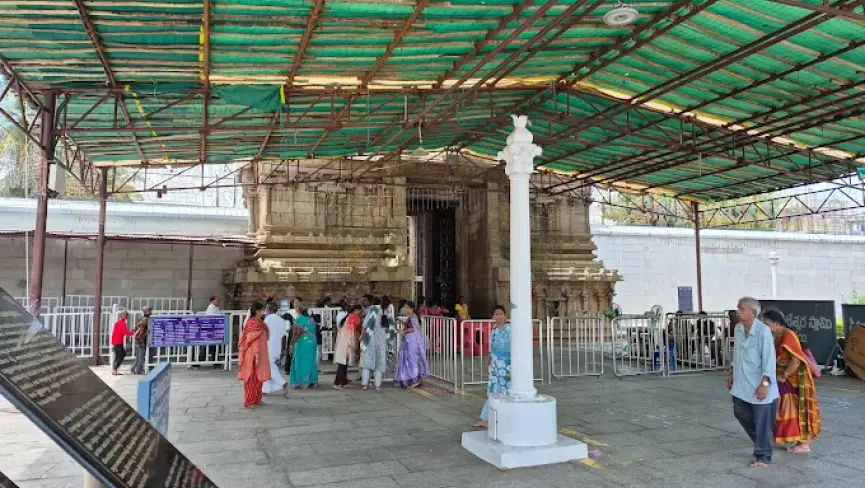
Srinivasa Mangapuram Temple Tirupati: Complete Travel Guide for Devotees
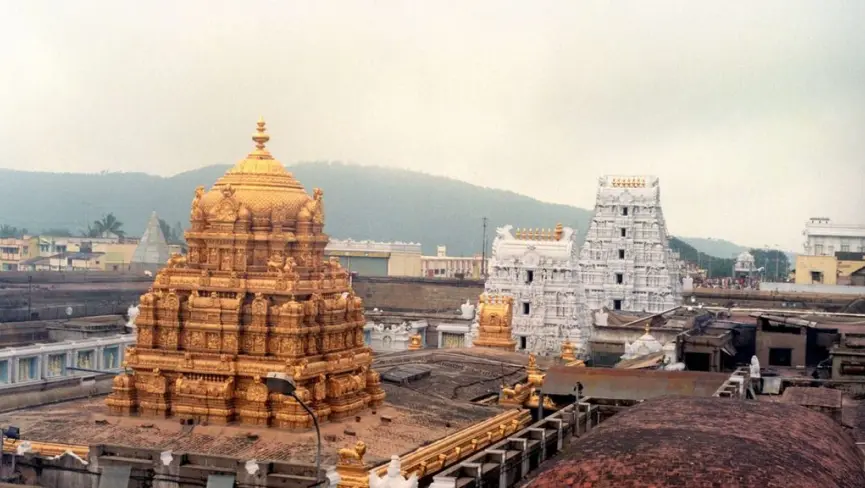
TTD Supadam Entry Guide: Timings, Eligibility & Booking Process Explained
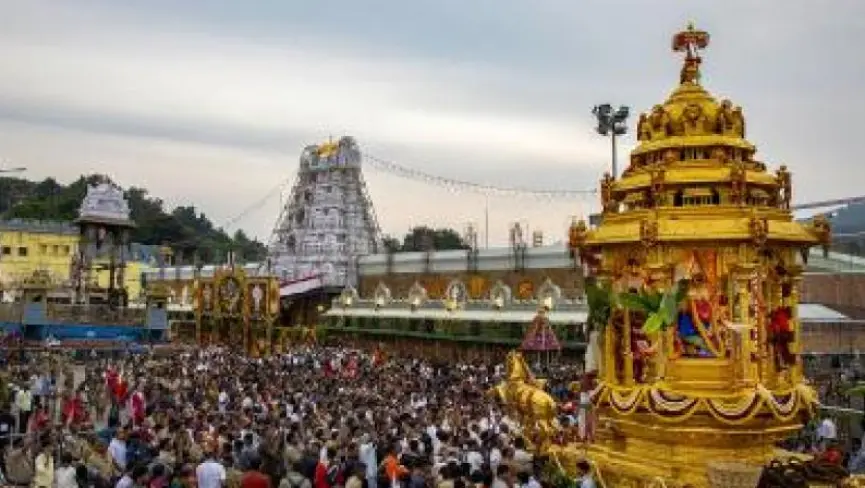
Vaikunta Ekadasi 2025: Ticket Release Dates, Darshan Details & Complete Guide
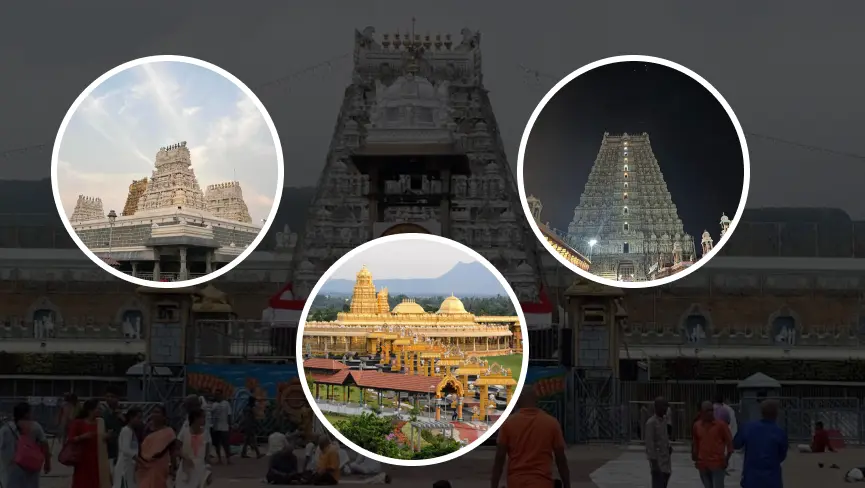
Tirupati to Kanchipuram, Tiruvannamalai, Vellore & Tiruttani Tour Plan – 2 Days Itinerary, Temples, Distance & Travel Guide
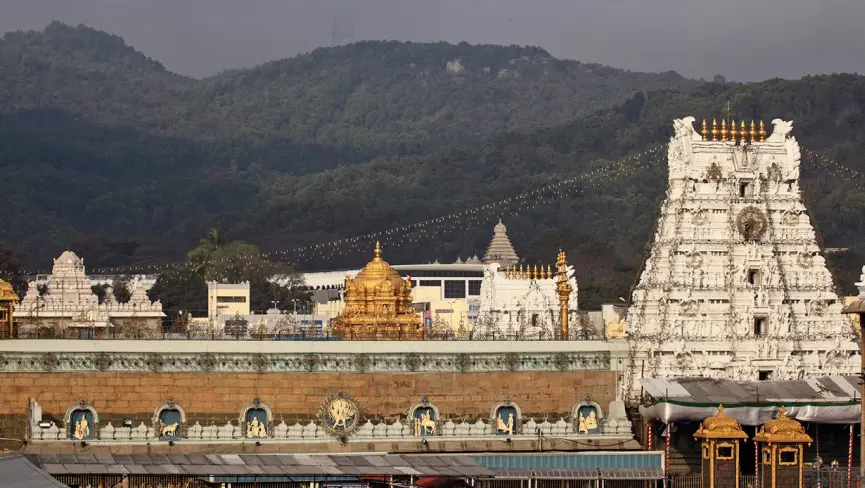
Tirupati Travel Guide: Itinerary for 2 Days of Spiritual Exploration

Book TTD ₹300 Darshan Tickets Online – March 2026 Tirumala Special Entry
